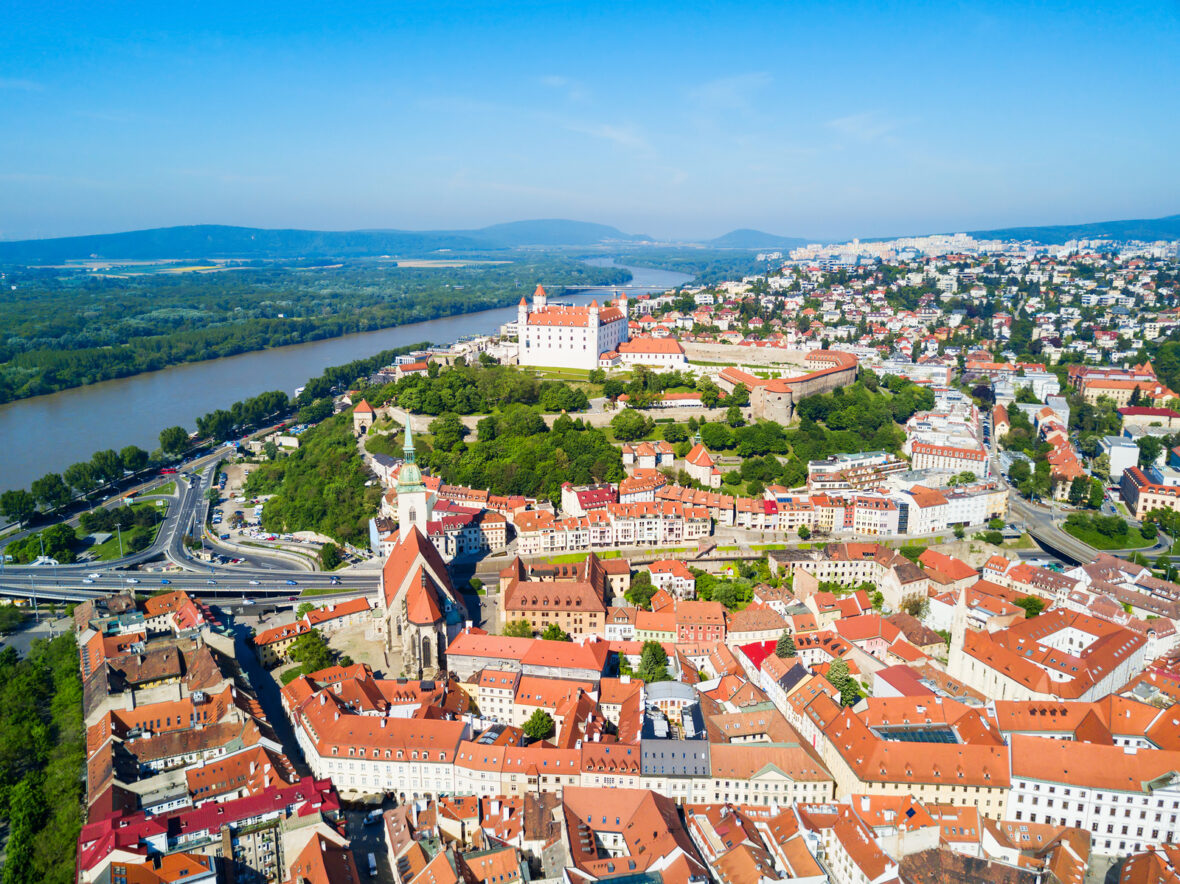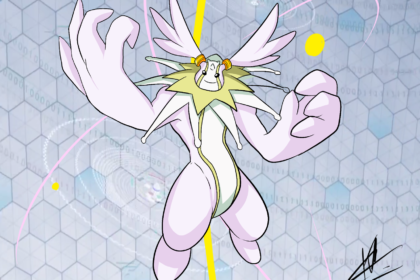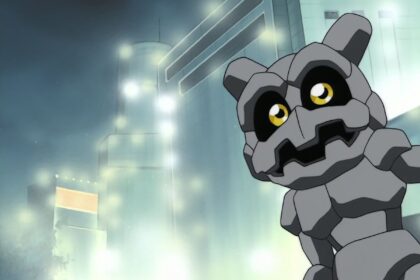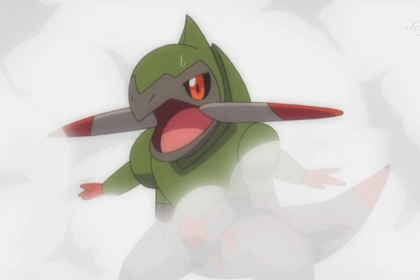Bratislava, the capital city of Slovakia is nestled beside the Danube River, among lush vineyards, and skirted by the Little Carpathian Mountains. The city breeds a fusion where new meets old, east meets west and green spaces meet urban locales. Take a look below for 30 interesting and fascinating facts about Bratislava.
1. Bratislava was one of the most important economic and administrative centre of the Kingdom of Hungary.
2. Several kings’ coronations were held in Bratislava due to its remarkable architecture and atmosphere.
3. The St Martin’s Cathedral is the largest and one of the oldest churches in Bratislava, known especially for being the coronation church of the Kingdom of Hungary between 1563 and 1830.
4. The first known permanent settlement of the area began with the Linear Pottery Culture, around 5000 BC in the Neolithic era.
5. The city’s history has been strongly influenced by people of different nations and religions, namely (in alphabetical order) Austrians, Bulgarians, Croats, Czechs, Germans, Hungarians, Jews, Serbs, and Slovaks.
6. The Slavs arrived from the East between the 5th and 6th centuries during the Migration Period.
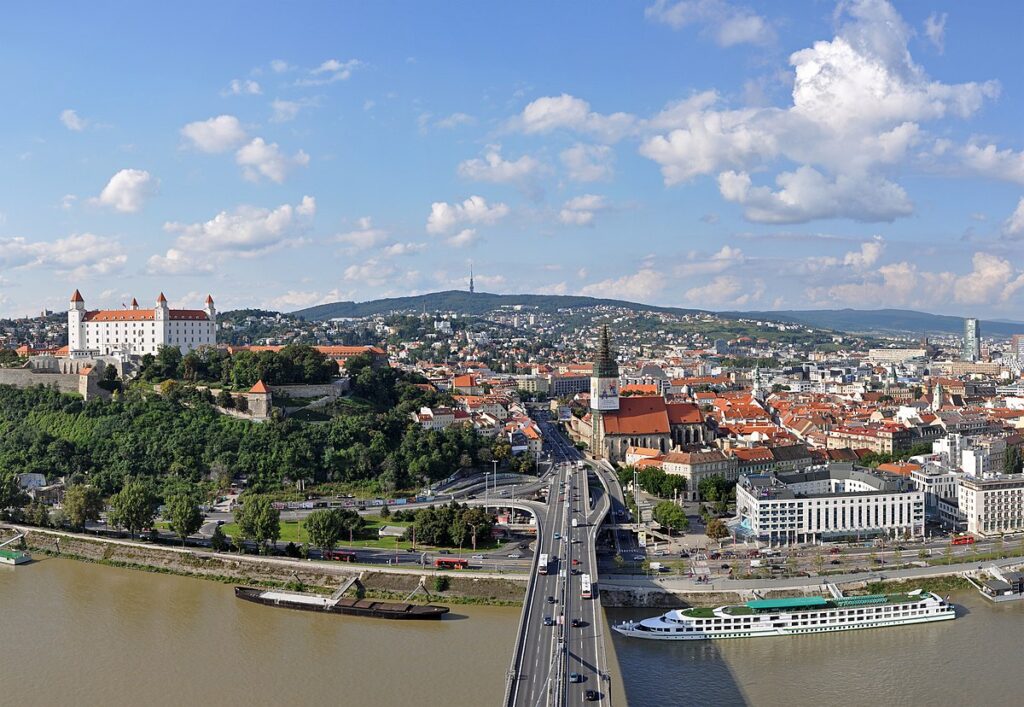
7. The first written mention of Bratislava comes from the year 907, which also mentions the Bratislava Castle.
8. It was the coronation site and legislative centre of the Kingdom of Hungary and has been home to many Slovak, Hungarian, and German historical figures.
9. In the course of the 18th century, the city became a centre for the Slovak national movement.
10. The city received its contemporary name in 1919.
11. From 1968 to 1992 Bratislava was the capital of the Slovak Socialist Republic within Czechoslovakia.
12. Since the 1st of January 1993, Bratislava is the capital of the independent Slovak Republic.
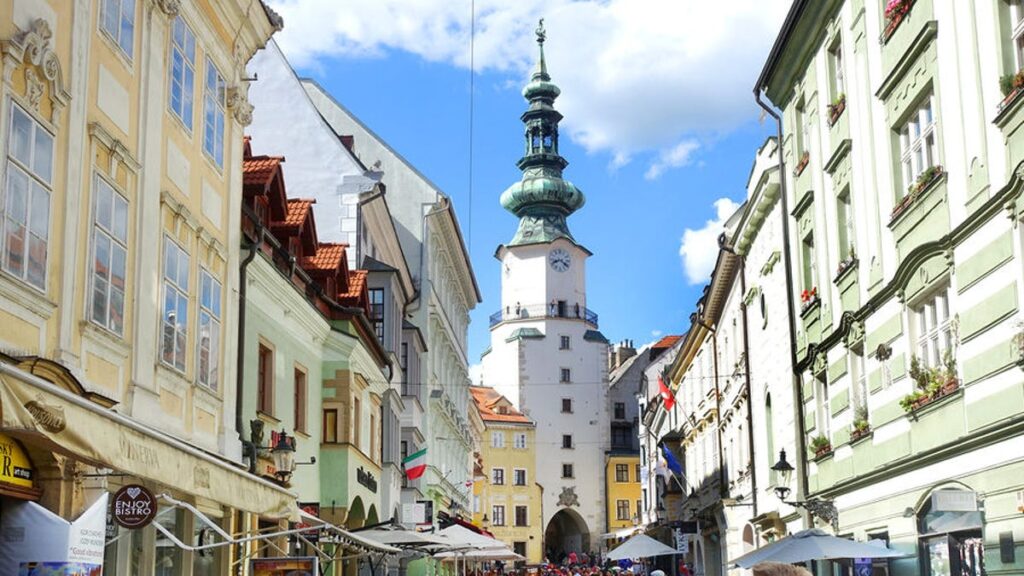
13. Bratislava is the only European capital city, which borders with two other countries – Hungary and Austria.
14. Bratislava and Vienna are the closest two capitals in Europe – only 60km far away from each other.
15. Bratislava is a 10-15 minute drive from Austria and Hungary and a 45 minute drive from the Czech Republic.
16. Petrzalka – the largest borough of Bratislava – is the most densely populated residential district in Central Europe.
17. Devín Castle is a castle in Devín, which is a borough of Bratislava. The cliff (elevation 212 meters / 695 feet) is an ideal place for a fort due to its position at the confluence of the Danube and Morava rivers. It is one of the oldest castles in Slovakia.
18. The city is dominated by Bratislava Castle, which stands on a plateau 85 metres (279 feet) above the Danube. It was built in the 9th.
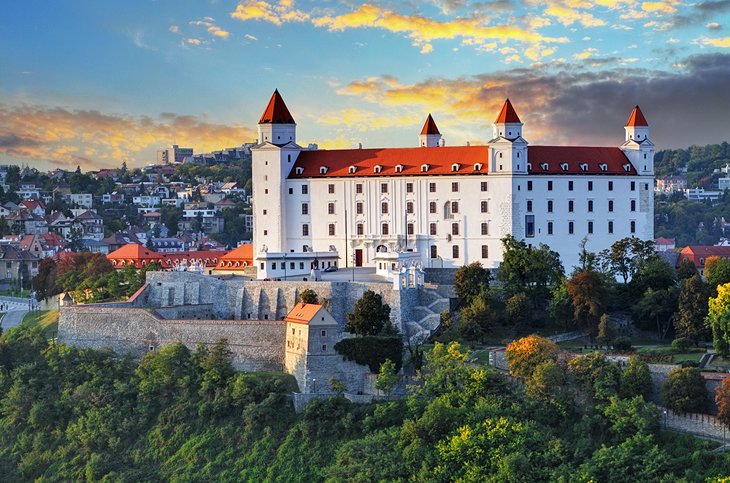
19. Michael’s Gate is the only city gate that has been preserved of the medieval fortifications and ranks among the oldest town buildings.
20. World-famous treasures and fine art is on display throughout the town, but mostly at the National Gallery (1949) and the Town Gallery (1967).
21. The National Theatre on Hviezdoslav Square was built in 1886 in the spirit of the Neo-renaissance. In 1888, a fountain with a bronze Ganymede astride an eagle was constructed in front of the theatre. Today the building is home to the National Opera and Ballet.
22. A cycling bridge connecting Austria and Bratislava should have been named after Chuck Norris, but officials rejected this name and named it a “Bridge of Freedom”.
23. Slavin memorial above Bratislava is actually an official cemetery for 6,845 Soviets soldiers, who died in 1945 during the liberation of Bratislava.
24. Bratislava is probably the only city in the world, where you can have lunch in a UFO!
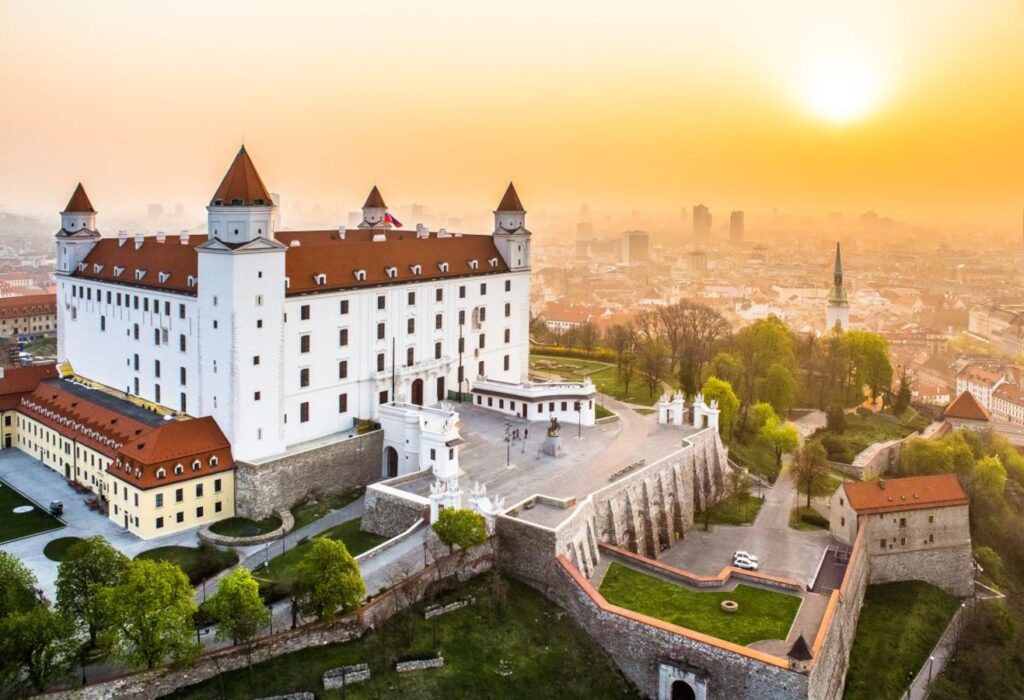
25. Bratislava has forests close to the city centre. The total amount of public green space is almost 47 square kilometres (18 square miles), or 110 square meters (1,200 sq. ft.) per inhabitant.
26. The largest city park is Horský park (literally, Mountainous Park). In the Old Town. Bratislavský Lesný park (Bratislava Forest Park) is located in the Little Carpathians and includes many locales popular among visitors, such as Železná studienka and Koliba.
27. Bratislava was recognized by the Guinness World Records as the site where Slovakian Pavel Trusov threw 322 full-extension punches within a minute, the most ever.
28. Slovakia joined the European Union on May 1, 2004, then adopted the Euro as its national currency on January 1, 2009. As part of its country’s richest region, Bratislava benefits from Slovakian success international trade exporting US$77.6 billion worth of products around the globe in 2016.
29. Nicknames for Bratislava include Little Big City and Beauty on the Danube. A popular catch-name for Slovakia is the Central European Tiger for its robust economic growth around the early 2000s.
30. The city has several universities, and many museums, theatres, galleries, and other cultural and educational institutions.

